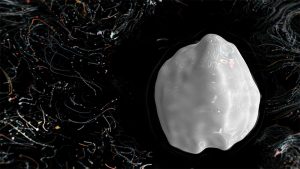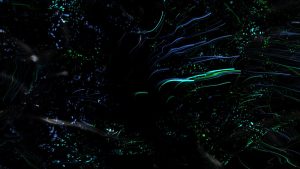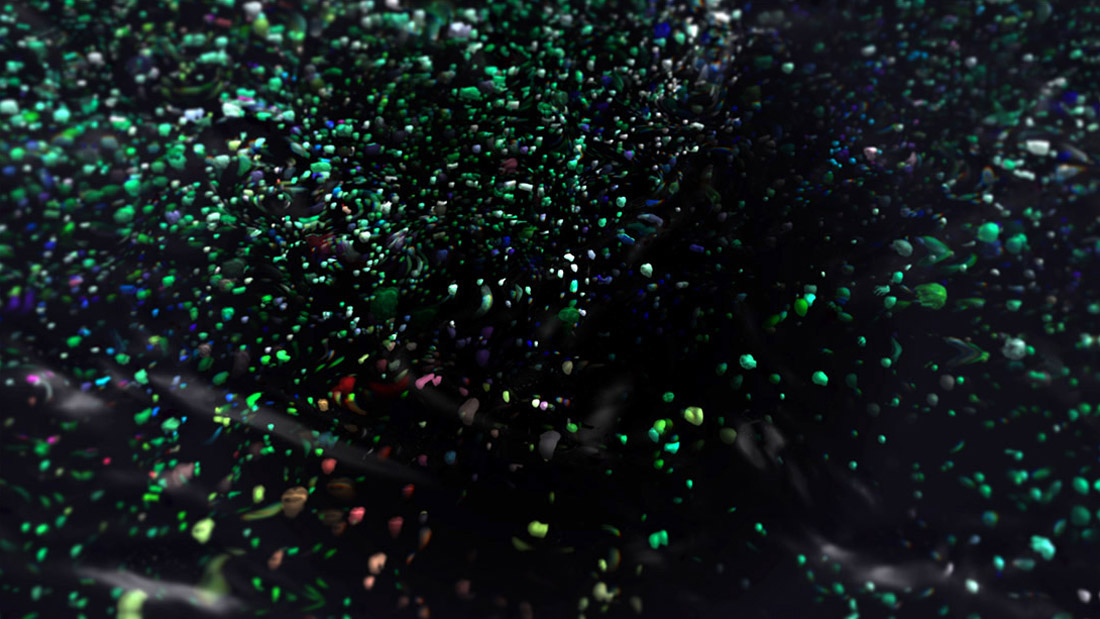
Talk to me is an abstract interactive installation to experience a conversation with an artificial entity. Each statement made by the user shapes a unique pebble falling into a well of data. Once the user leaves the installation, its stones transform to data sculptures illustrating a collected set of critical thoughts and hopes.
A rapidly ageing society has to face an accelerating evolution of technology.
The exhibition „NEW OLD“ at Design Museum London, explores the chances and conflicts of this collision. Artificial Intelligence and the discussion about its cultural and social impacts are imminent. The design and innovation consultancy IDEO approached us with a thrilling concept for the exhibition, to visualize the discussion of possibilities, fears and opportunities of the ongoing evolution of AI – with an AI. Excited by the idea to break down a tech-driven trend to social needs, we designed and implemented an abstract user interface to guide the guests through a conversational experiment.
To illustrate the communication we completely avoided classical UI elements and portrayed an oracle-like-scene of a well of water and stones. Our approach embodies the artificial intelligence as the water itself. Therefore its presence is not limited or rigid, but ubiquitous. We introduced a natural, shape shifting element which stimulates small waves at its surface as it speaks. The stones slowly traveling the floor of the well are held by the water as data. They represent individual conversations of the past. Once a user approaches the installation the well generates an individual stone for that session, shaping its form and determining its colors based upon the type of emotions expressed by the user’s statement.
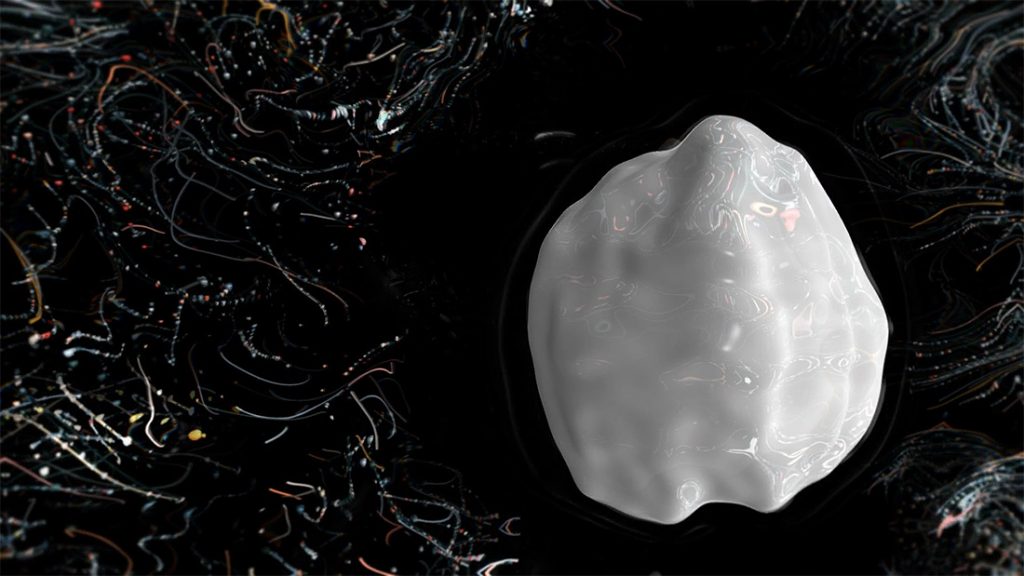
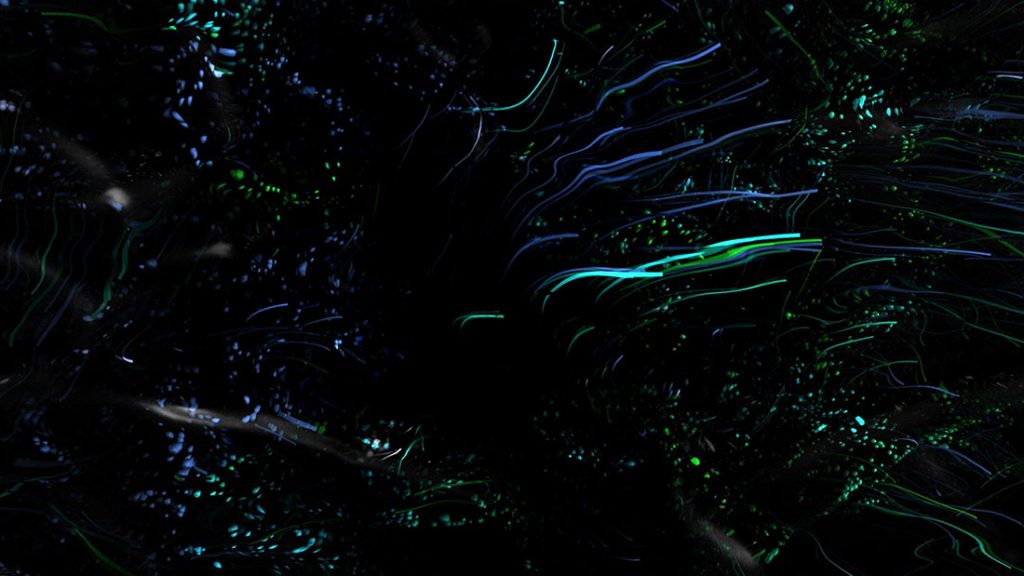
The Data Sculptures communicate the quantity of a certain emotion among the recorded conversations in an abstract way. Each sculpture is an interpretation of its corresponding emotion (anger, joy, neutral, fear, disgust, sadness). To design the architecture of those geometries, we decided to avoid any classical noise procedure such as perlin, random, simplex or curl. Instead we utilized many different combinations and frequencies of sine waves. To design exclusively by the usage of sine waves is a challenging task, yet it offered us the possibility to visualize different characters of data bodies in a common mathematical language.
One of our most joyful findings were the answers given by the users. As our AI “spirit” approaches the guests – he always opens the chat with a curated set of questions to guide the conversation in the right direction. The following number of excerpts were recorded at the Design Museum London, between the 12 of January and 19 of February 2017. The backend and setup is implemented by ideo. It consists of two components: The audio booth and the large display facing it.
To know when somebody was present in the booth, an arduino is used with an ultrasonic sensor speaking to an iphone 6 via bluetooth. The iPhone is connected to a directional microphone and a speaker. The app turns the voice into text using, analyses its emotional state via IBM Watson and checks the script for answers. Then, it send the information about the answer and emotions to the visual application written in vvvv via OSC.




